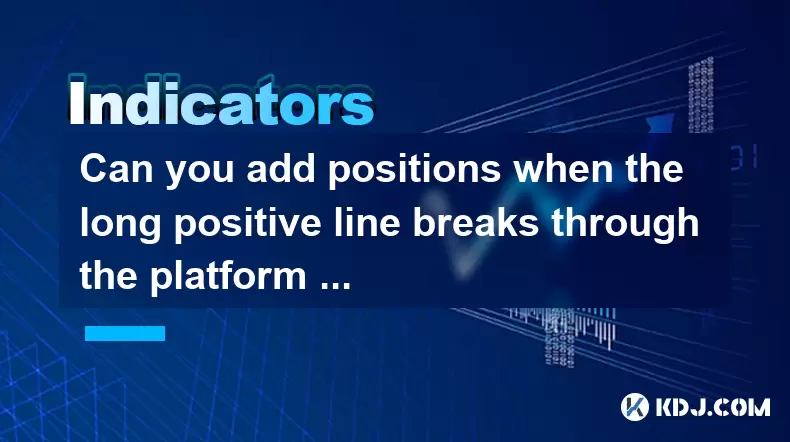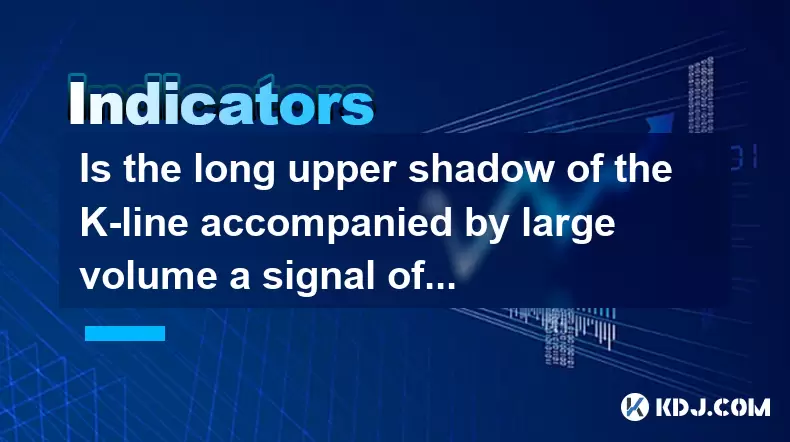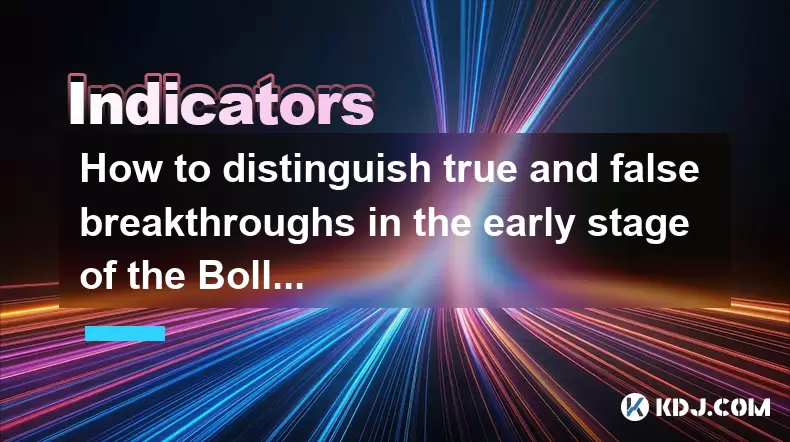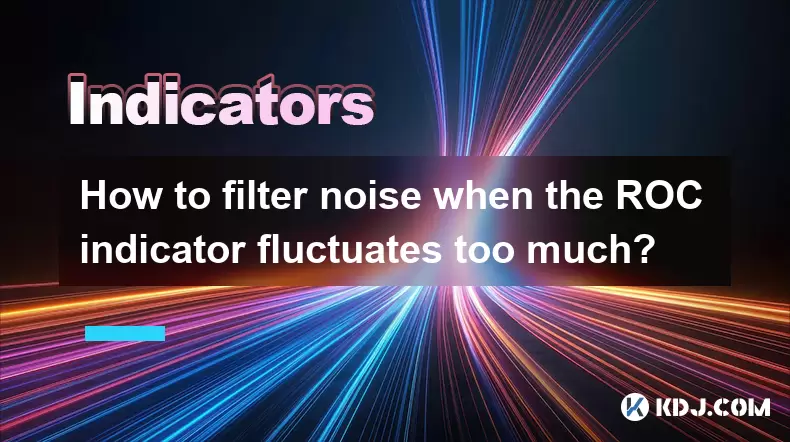-
 Bitcoin
Bitcoin $106,754.6083
1.33% -
 Ethereum
Ethereum $2,625.8249
3.80% -
 Tether USDt
Tether USDt $1.0001
-0.03% -
 XRP
XRP $2.1891
1.67% -
 BNB
BNB $654.5220
0.66% -
 Solana
Solana $156.9428
7.28% -
 USDC
USDC $0.9998
0.00% -
 Dogecoin
Dogecoin $0.1780
1.14% -
 TRON
TRON $0.2706
-0.16% -
 Cardano
Cardano $0.6470
2.77% -
 Hyperliquid
Hyperliquid $44.6467
10.24% -
 Sui
Sui $3.1128
3.86% -
 Bitcoin Cash
Bitcoin Cash $455.7646
3.00% -
 Chainlink
Chainlink $13.6858
4.08% -
 UNUS SED LEO
UNUS SED LEO $9.2682
0.21% -
 Avalanche
Avalanche $19.7433
3.79% -
 Stellar
Stellar $0.2616
1.64% -
 Toncoin
Toncoin $3.0222
2.19% -
 Shiba Inu
Shiba Inu $0.0...01220
1.49% -
 Hedera
Hedera $0.1580
2.75% -
 Litecoin
Litecoin $87.4964
2.29% -
 Polkadot
Polkadot $3.8958
3.05% -
 Ethena USDe
Ethena USDe $1.0000
-0.04% -
 Monero
Monero $317.2263
0.26% -
 Bitget Token
Bitget Token $4.5985
1.68% -
 Dai
Dai $0.9999
0.00% -
 Pepe
Pepe $0.0...01140
2.44% -
 Uniswap
Uniswap $7.6065
5.29% -
 Pi
Pi $0.6042
-2.00% -
 Aave
Aave $289.6343
6.02%
Can you add positions when the long positive line breaks through the platform and then shrinks and falls back?
After a crypto breakout, traders often wait for a pullback to enter at better prices, using support levels and volume to confirm the trend's strength before adding positions.
Jun 20, 2025 at 08:57 pm

Understanding the Price Pattern: Breakthrough, Retract, and Consolidation
In cryptocurrency trading, one of the commonly observed patterns involves a long positive line breaking through a consolidation platform, followed by a retraction or pullback. This scenario often raises questions among traders about whether to add positions after such a move. The pattern typically looks like this:
- A period of consolidation where price moves sideways.
- A strong bullish candle (long positive line) breaks above the resistance level.
- After the breakout, the price retraces slightly but does not fall back into the original consolidation zone.
This formation suggests that buying pressure is still present even after the initial surge. Traders who missed the initial breakout may look for opportunities during the retraction phase. However, entering without confirmation can be risky. It’s essential to assess volume, support levels, and other technical indicators before considering an entry.
Why Wait for the Retrace?
Adding positions during a retrace allows traders to enter at more favorable prices after the initial momentum push. The pullback serves as a second chance to join the trend with potentially better risk-reward ratios. Here's what to consider:
- Support confirmation: Ensure the price doesn't break below the previous resistance-turned-support level.
- Volume behavior: Look for lower volume during the retrace and rising volume as the price starts to rise again.
- Fibonacci levels: Some traders use Fibonacci retracement tools to identify potential support zones during the pullback.
By waiting for a retrace, traders can avoid chasing the price after a sharp move and instead find entries with clearer stop-loss points.
Key Indicators to Confirm the Move
Before adding positions after a breakout and retrace, it’s crucial to verify the strength of the trend continuation. Several indicators can help confirm whether the market still favors bulls:
- Moving averages: If the price remains above key moving averages like the 20-day or 50-day EMA, it signals ongoing bullish control.
- RSI (Relative Strength Index): An RSI value between 40 and 60 during the retrace indicates a healthy correction rather than a reversal.
- MACD (Moving Average Convergence Divergence): A bullish MACD crossover during the retrace can serve as a signal to add long positions.
These tools should be used together to filter out false signals and increase confidence in the trade setup.
How to Execute the Entry
Once the pattern is confirmed, executing the trade requires precision. Here are the steps to follow:
- Identify the support level formed after the retrace — this could be the breakout point or a Fibonacci level.
- Place a buy order slightly above the recent swing low to ensure execution if the price resumes its upward movement.
- Set a stop-loss just below the retrace low to protect against unexpected breakdowns.
- Consider using a trailing stop once the price starts moving favorably to lock in gains dynamically.
Timing is critical here. Entering too early might lead to being stopped out, while entering too late could reduce profitability.
Risk Management Considerations
Even when all technical conditions align, managing risk remains vital. Adding positions increases exposure, so it’s important to reassess your overall portfolio balance:
- Limit position size to no more than 1%–2% of total capital per trade.
- Avoid stacking multiple entries without proper spacing unless using a scaling-in strategy with clear rules.
- Monitor broader market conditions — sometimes even strong setups fail due to external factors like macro news or sector-wide corrections.
Risk management ensures that even if one trade goes wrong, it won’t significantly impact your overall trading account.
Frequently Asked Questions
Q: What is a consolidation platform in crypto trading?
A: A consolidation platform refers to a period where the price moves sideways within a defined range, indicating indecision between buyers and sellers. It often precedes a breakout.
Q: Can I apply this strategy on any time frame?
A: Yes, this strategy works across multiple time frames, including 1-hour, 4-hour, and daily charts. However, higher time frames tend to offer more reliable signals.
Q: How do I distinguish between a healthy retrace and a reversal?
A: A healthy retrace maintains structure above key support levels and doesn’t show extreme bearish candlestick patterns. A reversal usually includes strong rejection candles and volume spikes on the downside.
Q: Should I always wait for a retrace after a breakout?
A: No, it depends on your trading style. Aggressive traders may enter during the breakout, while conservative traders prefer waiting for a pullback to confirm the trend’s strength.
Disclaimer:info@kdj.com
The information provided is not trading advice. kdj.com does not assume any responsibility for any investments made based on the information provided in this article. Cryptocurrencies are highly volatile and it is highly recommended that you invest with caution after thorough research!
If you believe that the content used on this website infringes your copyright, please contact us immediately (info@kdj.com) and we will delete it promptly.
- Cardano, Dogecoin, and the Altcoin Shift: What's Next?
- 2025-06-20 22:45:12
- Gold Coin, Rare, Horses: A Numismatic Roundup
- 2025-06-20 22:45:13
- Dogecoin, Shiba Inu, and the Meme Coin Mania: What's Next?
- 2025-06-20 22:25:12
- GateToken (GT) Price Prediction: Navigating 2025-2030 with a New Yorker's Sass
- 2025-06-20 23:05:13
- Pepe, Price Prediction, and Elon Musk: A NYC Take on the Frog Coin Frenzy
- 2025-06-20 23:05:13
- Polkadot's DOT: Navigating the Triple Bottom and Bullish Reversals
- 2025-06-20 23:25:12
Related knowledge

Does the sudden contraction of ATR indicate the end of the trend?
Jun 20,2025 at 11:14pm
Understanding ATR and Its Role in Technical AnalysisThe Average True Range (ATR) is a technical indicator used to measure market volatility. Developed by J. Welles Wilder, ATR calculates the average range of price movement over a specified period, typically 14 periods. It does not indicate direction—only volatility. Traders use ATR to gauge how much an ...

Is the trend continuation when the Williams indicator is oversold but there is no rebound?
Jun 20,2025 at 11:42pm
Understanding the Williams %R IndicatorThe Williams %R indicator, also known as the Williams Percent Range, is a momentum oscillator used in technical analysis to identify overbought and oversold levels in price movements. It typically ranges from 0 to -100, where values above -20 are considered overbought and values below -80 are considered oversold. T...

Is the golden cross of the ROC indicator below the zero axis effective?
Jun 20,2025 at 09:42pm
Understanding the ROC Indicator and Its Role in Cryptocurrency TradingThe Rate of Change (ROC) indicator is a momentum oscillator widely used by traders to assess the speed at which cryptocurrency prices are changing. It measures the percentage difference between the current price and the price from a certain number of periods ago. The ROC helps identif...

Is the long upper shadow of the K-line accompanied by large volume a signal of peaking?
Jun 21,2025 at 12:28am
Understanding the Long Upper Shadow K-LineThe long upper shadow of a K-line is a common candlestick pattern that often appears during price action analysis. It consists of a small real body with a long upper wick, indicating that the price rose significantly during the period but was ultimately rejected and closed lower than its high. This pattern can s...

How to distinguish true and false breakthroughs in the early stage of the Bollinger Band opening?
Jun 20,2025 at 10:35pm
Understanding the Bollinger Band StructureBollinger Bands consist of three lines: a simple moving average (SMA) in the middle, and two outer bands that are standard deviations away from the SMA. These bands expand and contract based on market volatility. When the bands begin to widen, it often signals an increase in price volatility, which traders inter...

How to filter noise when the ROC indicator fluctuates too much?
Jun 20,2025 at 11:07pm
Understanding the ROC Indicator and Its SensitivityThe Rate of Change (ROC) indicator is a momentum oscillator that measures the percentage change in price between the current closing price and the closing price from a specified number of periods ago. When the ROC indicator fluctuates too much, it can create misleading signals, especially in volatile or...

Does the sudden contraction of ATR indicate the end of the trend?
Jun 20,2025 at 11:14pm
Understanding ATR and Its Role in Technical AnalysisThe Average True Range (ATR) is a technical indicator used to measure market volatility. Developed by J. Welles Wilder, ATR calculates the average range of price movement over a specified period, typically 14 periods. It does not indicate direction—only volatility. Traders use ATR to gauge how much an ...

Is the trend continuation when the Williams indicator is oversold but there is no rebound?
Jun 20,2025 at 11:42pm
Understanding the Williams %R IndicatorThe Williams %R indicator, also known as the Williams Percent Range, is a momentum oscillator used in technical analysis to identify overbought and oversold levels in price movements. It typically ranges from 0 to -100, where values above -20 are considered overbought and values below -80 are considered oversold. T...

Is the golden cross of the ROC indicator below the zero axis effective?
Jun 20,2025 at 09:42pm
Understanding the ROC Indicator and Its Role in Cryptocurrency TradingThe Rate of Change (ROC) indicator is a momentum oscillator widely used by traders to assess the speed at which cryptocurrency prices are changing. It measures the percentage difference between the current price and the price from a certain number of periods ago. The ROC helps identif...

Is the long upper shadow of the K-line accompanied by large volume a signal of peaking?
Jun 21,2025 at 12:28am
Understanding the Long Upper Shadow K-LineThe long upper shadow of a K-line is a common candlestick pattern that often appears during price action analysis. It consists of a small real body with a long upper wick, indicating that the price rose significantly during the period but was ultimately rejected and closed lower than its high. This pattern can s...

How to distinguish true and false breakthroughs in the early stage of the Bollinger Band opening?
Jun 20,2025 at 10:35pm
Understanding the Bollinger Band StructureBollinger Bands consist of three lines: a simple moving average (SMA) in the middle, and two outer bands that are standard deviations away from the SMA. These bands expand and contract based on market volatility. When the bands begin to widen, it often signals an increase in price volatility, which traders inter...

How to filter noise when the ROC indicator fluctuates too much?
Jun 20,2025 at 11:07pm
Understanding the ROC Indicator and Its SensitivityThe Rate of Change (ROC) indicator is a momentum oscillator that measures the percentage change in price between the current closing price and the closing price from a specified number of periods ago. When the ROC indicator fluctuates too much, it can create misleading signals, especially in volatile or...
See all articles

























































































